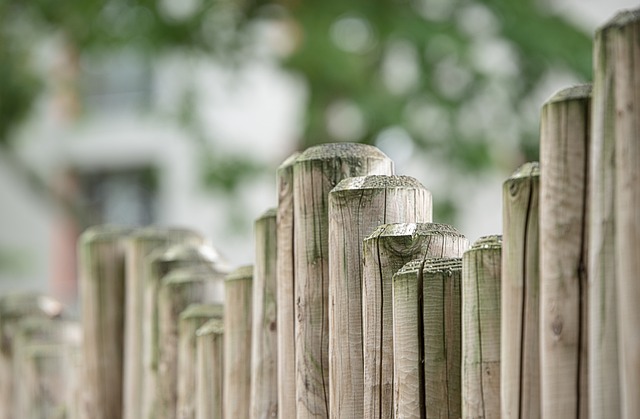For New Bedford, Massachusetts homeowners looking to enhance their outdoor spaces, installing a fence offers both privacy and security. This comprehensive guide is tailored to walk you through the DIY fence installation process, from selecting the perfect option for your property to maintaining its longevity. By understanding your fencing choices, meticulously planning your project, and following our step-by-step instructions, you’ll create a robust and aesthetically pleasing barrier that suits your unique needs.
- Understanding Your New Bedford Fence Options
- Measuring and Planning Your Fence Project
- Preparing the Ground for Installation
- Step-by-Step Guide to DIY Fence Assembly
- Finishing Touches and Maintenance Tips
Understanding Your New Bedford Fence Options
When it comes to DIY fence installation in New Bedford, understanding your options is half the battle won. First, consider the material—wooden fences offer classic beauty and versatility, while vinyl fencing is known for its low-maintenance appeal. Each material has unique features; wood may require more upkeep but can be stained or painted to match your home’s exterior, whereas vinyl needs less care but lacks customization options.
Next, think about fence styles. From traditional picket fences to privacy panels and post-and-rail designs, New Bedford homeowners have a range of choices. Each style serves different purposes; pickets are ideal for defining smaller spaces, while taller privacy fences offer complete seclusion. Post-and-rail fences provide both visual appeal and security. Understanding these options will help guide your DIY project and ensure you select the best fence type for your needs.
Measuring and Planning Your Fence Project
When planning a DIY fence installation, accurate measuring is key. Start by assessing the perimeter of your property to determine the total length of fencing needed. Use string and stakes to mark out the desired fence line, accounting for any bends or curves in the landscape. This visual representation will help you gauge the exact measurements required for each section of the fence.
Next, decide on the height and style of the fence that best suits your property’s aesthetics and security needs. Consider local regulations regarding fence heights, especially near property lines and roads. Plan your route carefully, ensuring easy access for materials and tools, and mark potential obstacles like trees or utility lines that might affect installation. Detailed planning will make the installation process smoother and more efficient.
Preparing the Ground for Installation
Before installing your fence, preparing the ground is a crucial step. Clear any debris, rocks, or plants from the area where the fence will be erected. Leveling the ground ensures your fence stays straight and secure. Use a soil tester to check for any uneven spots and adjust accordingly. In New Bedford’s climate, consider adding a layer of gravel to improve drainage, which can prevent water damage to your fence over time.
Digging post holes is an integral part of this process. The holes should be deep enough (typically a third to half the length of the fence posts) and wide enough for the posts to sit comfortably. Ensure you space them evenly along the perimeter, following the manufacturer’s guidelines for optimal support. This foundation work is critical for the long-term stability and integrity of your new fence.
Step-by-Step Guide to DIY Fence Assembly
To assemble your fence, start by laying out the posts and ensuring they’re in a straight line using a string level. Dig holes for each post using an auger or shovel, making sure the holes are deep enough to support the fence’s height. Place each post in its hole and use concrete to secure them, allowing the concrete to dry completely. Once set, attach the horizontal rails to the posts using nails or screws, creating a sturdy framework. Next, connect the fence panels to the rails by nailing or screwing them into place, ensuring they’re aligned and level. Double-check all connections for stability before moving on to the next section.
Finishing Touches and Maintenance Tips
When completing your DIY fence installation, don’t forget the finishing touches. Ensure all posts are firmly in place, and gates swing smoothly. Apply a fresh coat of paint or sealant to protect your fence from the elements. Regular maintenance is key; inspect your fence periodically for any signs of wear or damage, and clean it as needed to keep its appearance. A little routine care can extend the life of your new fence significantly.
Consider incorporating some decorative touches if desired. Adding a cap or top rail not only enhances the aesthetic appeal but also provides an extra layer of protection. Keep records of your installations and maintenance efforts for future reference, ensuring you have all the necessary tools readily available when needed.
